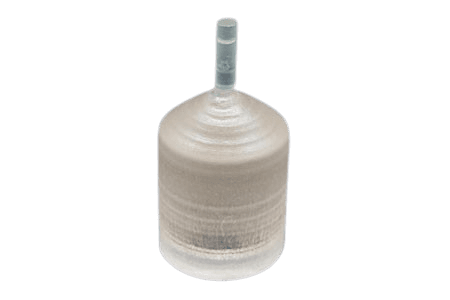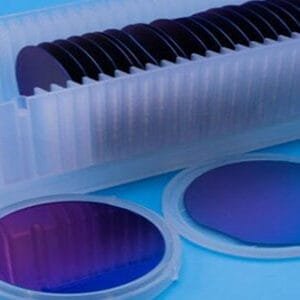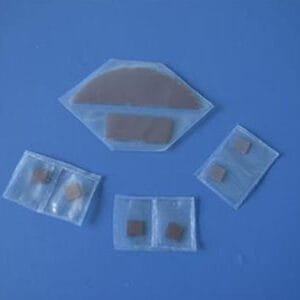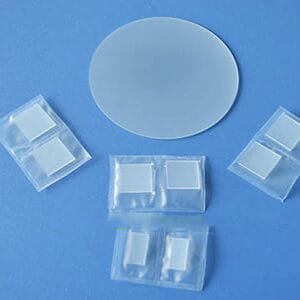Terbium Gallium Garnet (TGG) Substrate
The Terbium Gallium Garnet (TGG) substrate is a highly effective magneto-optical material known for its large magneto-optical constant, low optical loss, and excellent thermal conductivity. It is commonly used in advanced laser systems, including multi-stage amplification, ring lasers, and seed injection lasers like YAG and Ti-doped sapphire.
TGG single crystals are particularly well-suited for manufacturing Faraday rotators and optical isolators, operating efficiently within a wavelength range of 400 to 1100 nm.
Physical Properties of Terbium Gallium Garnet Substrate
| Property | Details |
|---|---|
| Material | Terbium Gallium Garnet (TGG) |
| Structure | Cubic |
| Lattice (A) | a = 12.376 |
| Growth Method | Czochralski |
| Hardness | 6.0 – 7.0 (Mohs) |
| Purity | 99.95% |
| Melting Point | 1800°C |
| Density (g/cm³) | 7.09 |
| Refractive Index | 1.95 |
Terbium Gallium Garnet Substrate Specifications
| Parameter | Details |
|---|---|
| Sizes (mm) | 10×3, 10×5, 10×10, 15×15, 20×15, 20×20, Dia 2″ x 0.33 mm |
| Thickness | 0.5 mm, 1.0 mm |
| Polishing Type | SSP or DSP |
| Orientation | <111> |
| Redirection Precision | ±0.5° |
| Edge Redirection | 2° (special: 1°) |
| Crystalline Angle | Custom sizes and orientations available |
| Surface Roughness (Ra) | ≤5Å (5µm × 5µm) |
Packaging of Terbium Gallium Garnet Substrate
TGG substrates are packaged under stringent cleanroom conditions to maintain their superior quality. They are securely enclosed in class 100 clean bags or wafer containers and handled within class 1000 clean rooms to prevent contamination during storage and transport.
This ensures that the substrates remain in pristine condition, ready for demanding applications in laser systems and optical isolators.





Reviews
There are no reviews yet.